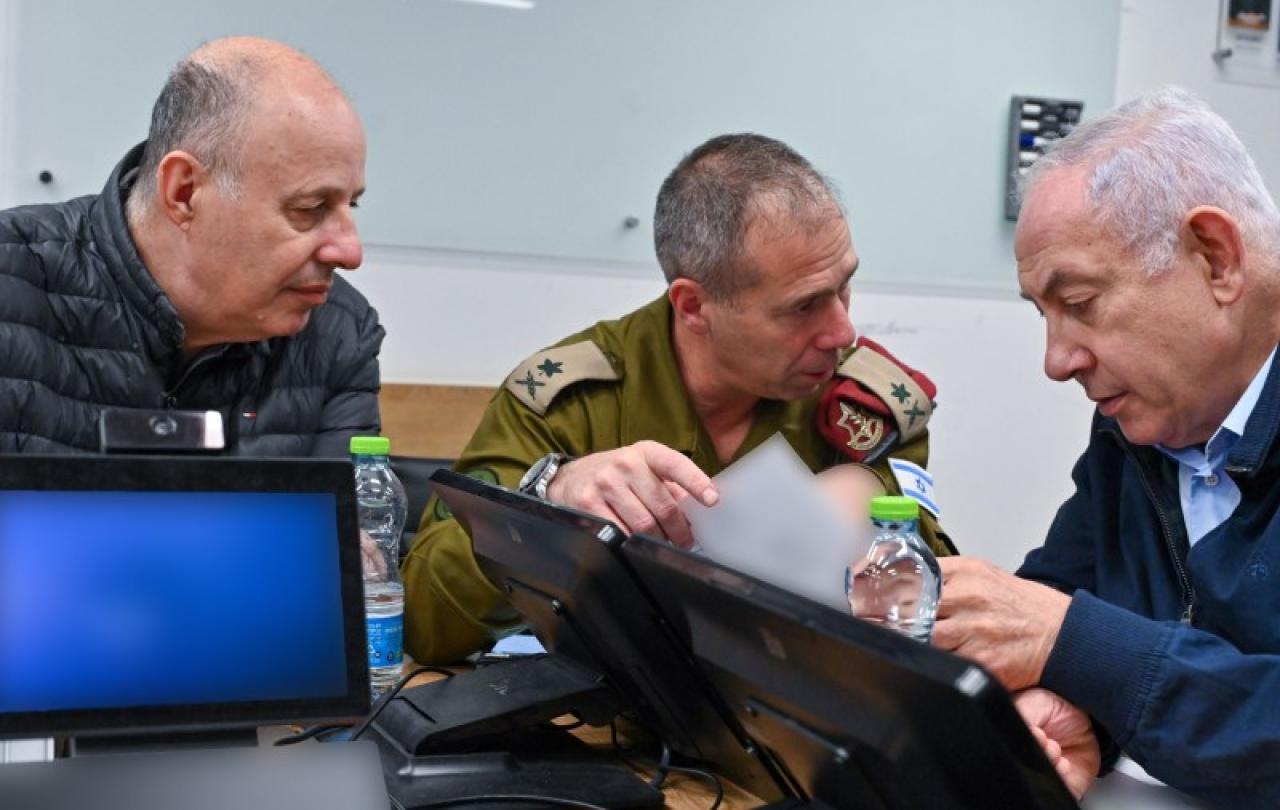
There is something peculiarly horrific about the barter of Israeli hostages held in Gaza by Hamas for Palestinian prisoners in Israel. And it isn’t only the unimaginable suffering these innocent civilians have to endure somewhere on an unknown scale between life and death.
It’s also that their lives are reduced to their commodity value. Hostages are assets to be traded in the market for peace, not human beings. It’s difficult to write this, but it’s almost as if three dead hostages, including a 10-month-old baby, said to have been killed in an Israeli airstrike, have lost their asset value. These ones are no good – they don’t work anymore.
Negotiating the release of hostages for peace terms is as old as the Hebron Hills. An Egyptian pharaoh once released his enslaved Israelites to Moses in return for the lifting of the plagues being inflicted on his people. But there is something of the neo-liberal free market in the way that post-modern conflict resolution uses human life as a currency of exchange.
Ryan Gilfeather wrote excellently here how this material valuation offends against the human dignity in which the divine invests. The imago dei that humanity bears, if you like, is not to be reduced to a bounty, a financial liability or an asset value.
As a consequence, human life is tradeable. Yes, it has value, but its share price can fall as well as rise.
I’d want to take that a step further, to ask how that depreciation has come about with such ready acceptance and to note a couple of instances where the mentality of the trade in human existence has become a natural process of marketing.
The attitude, I think, has its roots in the Enlightenment of the 17th and 18th centuries. Don’t get me wrong: This is no censure of progressivism. Universal literacy, healthcare, scientific endeavour and the birth and growth of democracy are all very good ideas indeed. But the Enlightenment also brought the capitalist mindset to almost every area of human existence. Our lives, in many contexts, became actuarial.
This is not my idea. The great, perhaps the greatest, Christian mind of the 20th century, C.S. Lewis, railed against how Fascism and genocide were the bastard offspring of our common-law marriage to progressive thinking, in that traditional values of human existence were now only there to be debunked.
I am indebted to Lewis’s biographer, A.N. Wilson, for this. In Lewis’s book, The Abolition of Man, he writes of “The belief that we can invent ‘ideologies’ at pleasure, and the consequent treatment of mankind as mere specimens… begins to affect our very language.’
Lewis was no white-knuckled reactionary, but he did recognise that the values and virtues of ancient religious thought were binned at humanity’s peril. We had begun to understand the price of human life, rather the the value of it.
This is not to suggest for a moment that the ancient world was a nirvana (or even a Narnia). The Garden of Eden was lost at the beginning of time, not at the Enlightenment. Brutality, slavery and cruelty are part of our post-lapsarian world.
It’s just that religious virtue used to be a bulwark against such things. As a consequence, human life is tradeable. Yes, it has value, but its share price can fall as well as rise. By the 21st century, we can look behind us to see how that has played out. Allow me to elucidate a couple of examples of how casual is our acceptance that some lives are biddable against lives of intrinsically higher value.
The first is the almost clownishly implemented government policy proposal to redeploy migrants to the UK to Rwanda. Almost clownishly, because it would be funny if it didn’t involve a trade in human misery, the idea that desperate people endangering their lives and those of their families in small boats can be made someone else’s problem to sort out, simply by looking away. These people are worthless, you see, because they are not us and only we belong here (whoever “we” may be). The idea is that we pay Rwanda per capita to take them, rather as we might send our plastic refuse to China for landfill.
A second example of merchandising human life I would cite are the repeated attempts to have assisted suicide, or voluntary euthanasia, legalised in the UK, rather than enhancing palliative end-of-life care. These proposals depend entirely on the state legislature endorsing that some human lives aren’t worth living and are disposable.
At base, it’s the same principle as the Rwanda policy, other than we’d be killing them, or assisting them to kill themselves, rather than disposing of them in a central African waste-bin.
These are the “anythings” that humans believe in when they stop recognising the sanctity of human life. The value equation used for Gazan hostages is on the same continuum as the human trafficker and the politician who tries to stop him, or the calculation of the cost to the state and their family of a terminally ill patient offered an alternative way out.
It’s just that these equations have become invisible to the naked eye. We don’t see them anymore. But, I’d suggest, for Christ’s sake we’d better start looking.

